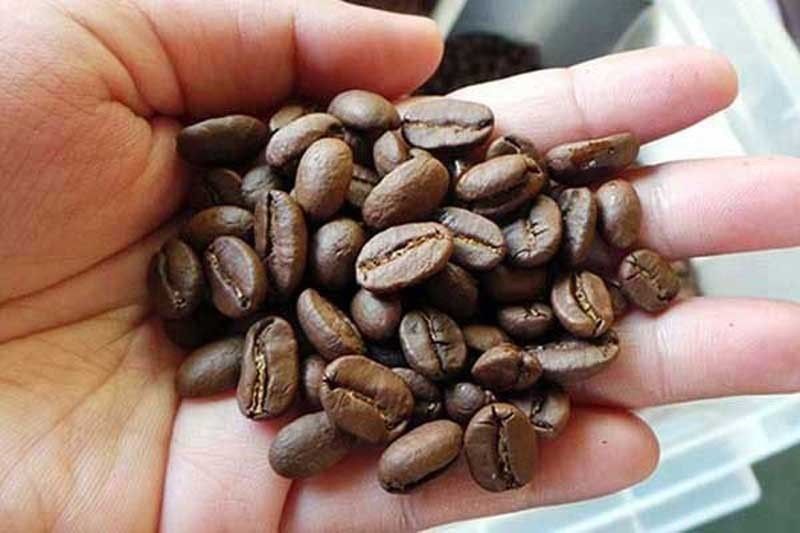Industrial crop output higher in six months

MANILA, Philippines — Production of most of the country’s major non-food and industrial crops saw marginal increases in the first half of the year due to slower expansion in the second quarter, according to the Philippine Statistics Authority (PSA).
Out of the seven crops, five registered slightly higher production volumes from January to June.
Based on PSA’s quarterly bulletin, coconut production grew 1.6 percent to 6.67 million MT from 6.56 million MT.
Davao Region was the largest producer, accounting for 13.5 percent of the country’s total production in the second quarter.
Production of abaca fibers inched up by 0.4 percent to 32,662.59 metric tons (MT) from 32,527.44 MT.
While the first quarter output went up by 3.2 percent, abaca production contracted by 1.8 percent in the second quarter.
The major producer of abaca fiber was still Bicol Region, accounting for 33.9 percent of the total production.
Cacao saw a 1.3 percent rise in production to 4,697.93 MT from 4,639.08 MT.
It saw production expand by 4.1 percent in the second quarter, reversing the 1.4 percent contraction in the previous quarter.
Davao Region was the leading cacao-producing region, accounting for 71.2 percent.
Total tobacco production went up by 4.4 percent to 47,422.33 MT. For both quarters, tobacco registered increases albeit slower growth recorded in the second quarter.
Ilocos was the top producer of tobacco, accounting for 66.4 percent of the total.
Other tobacco (Burley) was the most produced variety at 43.8 percent of the total production.
Coffee production increased by 1.4 percent to 12,195.94 MT from 12,022.16 MT.
Of its four types, only Arabica recorded a decline during the period.
Meanwhile, Robusta coffee remained to have the highest production.
The Bangsamoro Autonomous Region in Muslim Mindanao (BARMM) was the largest coffee producer, accounting for 25.6 percent of the total.
In contrast, the PSA data showed sugarcane production reached 11.5 million MT in the first half, down 15.7 percent from 13.6 million MT a year earlier.
The drop was mainly driven by lower centrifugal sugar, which accounted for 95.6 percent of the total production.
Western Visayas remained the main producer of sugar cane, accounting for 47.2 percent of the total.
The production of rubber cup lump also declined by 7.6 percent to 157,415.467 MT from 170,448.87 MT.
BARMM was the leading contributor to rubber production with 38.3 percent of the total production.
- Latest
- Trending





























